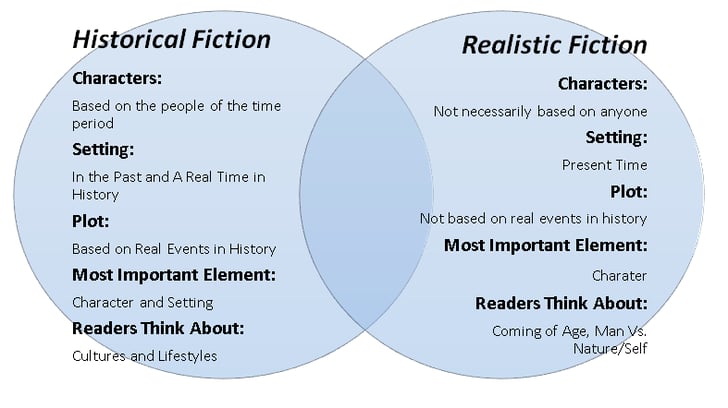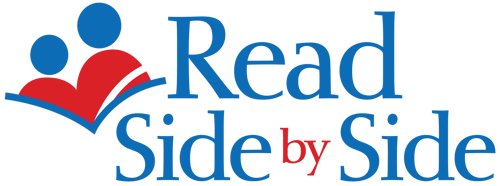My class will begin reading Chains in January. There are a couple of things I think about, one the genre is Historical Fiction and two, it will be the longest book students have read so far during the school year. I know from past experience that the length of the book will, at first, intimidate them. In order to help them understand the genre, my 5th grade colleague, Kathryn Oswood, made up a template for us to include in our reading packets. The template helps students to compare and contrast realistic fiction to historical fiction. Below is a sample of the completed template. We give students a blank template and we try to complete as much as we can together. I also use the genre posters Sarah developed to hang in my room, so students have a quick reference tool to use whenever they need it.

Planning the Unit
Since Chains is also the longest unit of study, it takes careful planning to make sure you establish a good pace. I always begin with reading the Welcome to the C.I.A. Unit of Study for the book Chains at the beginning of the unit. Sarah includes very helpful information, and, since it has been a year since I taught this unit, I like to remind myself of details I may have forgotten. For example, Sarah reminds us that we have a common theme of injustice in this book and in Holes. I will try to make as many connections between the books as I can to help understand students understand the historical parts that are true and the realistic parts that the author has based on information from that time but are not real people. The characters will seem very much like our realistic fiction characters, it is the setting, problems, and sometimes the main events that will be real. Laurie Halse Anderson is very clever because she does include some real people, like George Washington, in the text. Sometimes it gets very confusing for students to understand the parts that are real and the parts that are not.
I would also suggest spending some time reading and thinking about the final writing project which is a literary essay. My students have not had experience with this type of writing before so after we start reading the book and get into the story, I like to have them look at the writing project so they can be thinking about the Declaration of Independence and how reading Chains is informing their opinions. Last year I didn’t have any examples to show the students but this year I have several to choose from.
Students have a lot to think about in this book and it will take careful teaching and planning to get them to deeper thinking about the issues so they can use these opinions in their writing. The writing frame will definitely help them with this writing project.
In the supplemental section that begins on page 286, Sarah gives lots of ideas for additional resources, books, websites, and additional projects. I have a bookshelf in my classroom that I use to put out books that have to do with our theme or seasonal books. During this unit, I will put out other historical fiction books and books about the United States. Once we focus on a topic, students always want to know more. This year I would like to try the Biography Research Project Sarah explains on page 288. I think this year’s students would really enjoy working on that kind of project.
Writing in Chains
My students are still reading Chains, by Laurie Halse Anderson. We have completed our retell summaries for Quadrant 1. We have spent a lot of time in Quadrant 1 because of the amount of information we need to collect and building our background knowledge of the Revolutionary War time period. Students are always shocked when they find out more about slavery. Most of them don’t know much about this time period. Students are also very surprised about Mrs. Lockton and how mean she is to Isabel and Ruth. In the books that students have read so far, they have not encountered many of the topics that are included in Chains.
My student, Sonny, wrote the following retell summary:
"The first quadrant of the book, Chains, by Laurie Halse Anderson, tells about a slave girl named Isabel who is trying to gain freedom for herself and her sister, Ruth, during the American Revolution.
In the beginning, Isabel and Ruth’s master dies, then they are sold to the Locktons’ and are moved to New York City.
Then, a Patriot slave, Curzon, asks Isabel to be a spy for the Patriots. Isabel discovers that Mrs. Lockton is abusing Ruth. Isabel decides the best thing to do is to be a spy for the Patriots.
Finally, Mr. Bellingham (Curzon’s master), and some more Patriots come to the Locktons house to take lead for bullets and look for bribe money (the money is not found). The Patriots arrest Mr. Lockton for being a Loyalist traitor.
I predict that Mr. Bellingham will find the proof of freedom and then arrest Mrs. Lockton for abusing Ruth and for slapping Isabel."
The class would really like to read that Mrs. Lockton gets arrested and the girls get their freedom. Mary wrote, “In conclusion, I predict that Isabel and Ruth are going to get their freedom and the Locktons are going to get arrested for the bribe money.” Other students think that someone will help Isabel. Irista wrote, “I am thinking that Isabel tells Curzon where the bribe money is and Mr. Bellingham is going to let Isabel and Ruth go free.”
During Quadrants 3 and 4, students get a good idea what Isabel’s life is like living at the Locktons’ house. Students were very worried when Isabel gets into the argument with Mrs. Lockton about selling Ruth. After Isabel is beaten and branded, they would really have preferred Isabel to stay with Lady Seymour. Students wonder how Isabel can survive this abuse.
The note-taking students need to do in this unit is so important since there is so much to keep track of. Students also need help in understanding some of the language used. For some, the quotes always need a little bit of extra explanation and the information Sarah includes is very helpful. The character list is helpful to refer back to because I had a few students that had difficulty remembering who the characters were and why they were important.
The vocabulary packet is also really helpful for the students to use. They need some extra support with words like conspirator, liberty, forbearance, providence, etc. The vocab time really gets them thinking and helps them understand when they get to that word in the text.
My class really needed the support of the writing frames throughout this unit. I have a small group that needs more shared writing to help them. They can get to the deeper thinking but they can’t always get their thoughts written down and they need the guidance of the frames to help them. This unit is challenging because it is historical fiction and many students have not tried this genre by themselves.
